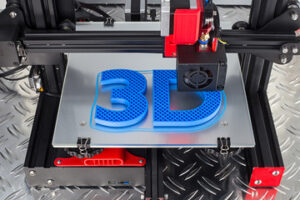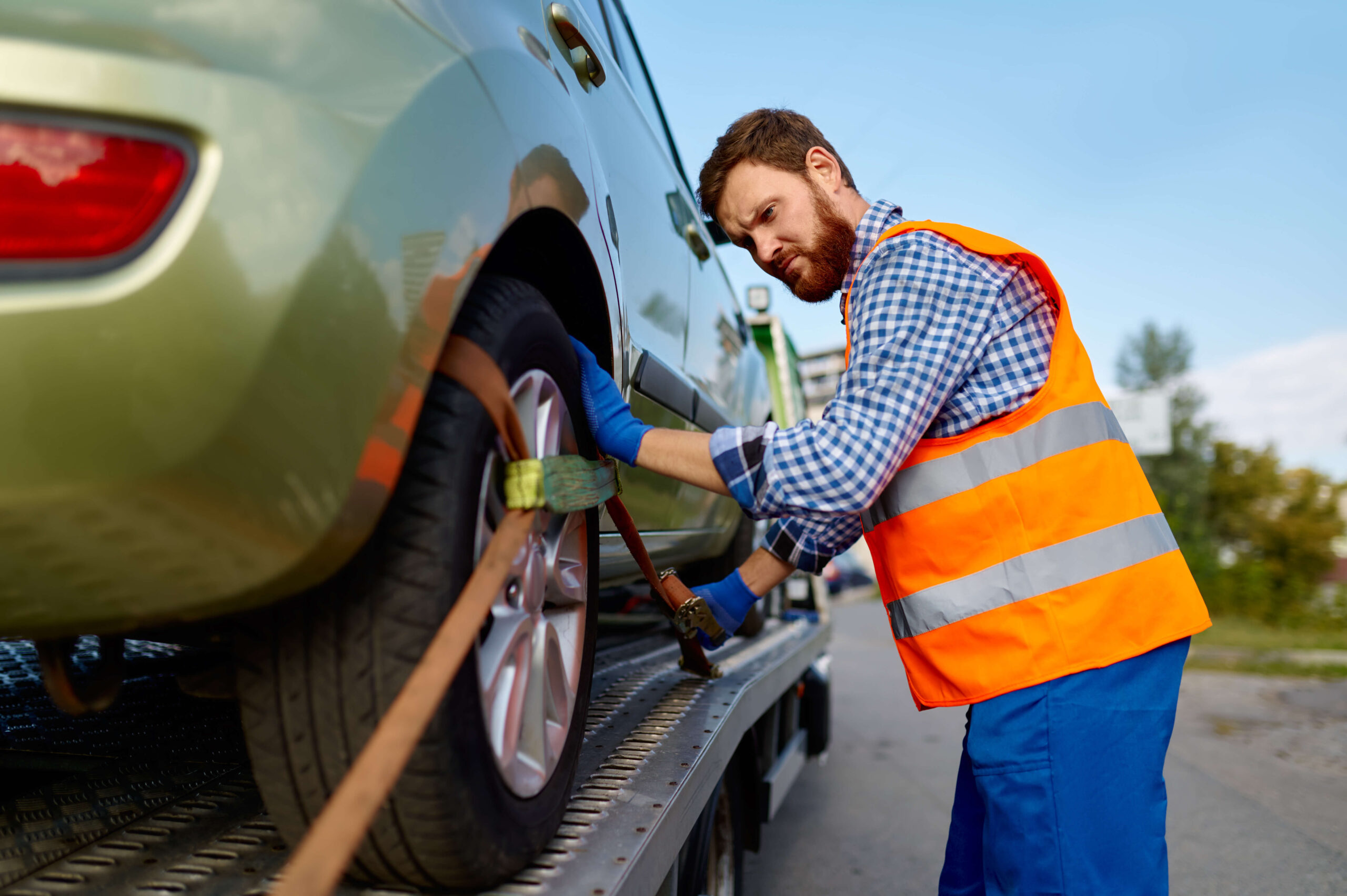A roofing company plays a crucial role in the construction and maintenance of buildings, providing essential services to ensure structural integrity and protection against the elements.

From residential homes to commercial establishments, roofing professionals are responsible for installing, repairing, and replacing roofs using various materials and techniques that cater to different needs. Their expertise helps property owners maintain a safe and durable shelter while enhancing aesthetic appeal and energy efficiency. Contact Roofing Company Smyrna TN for professional help.
Roofing companies offer a range of services tailored to the specific requirements of their clients. One of the most common services is roof installation, where professionals assess the structure, determine the most suitable materials, and apply industry-standard methods to create a sturdy covering. The choice of roofing material depends on factors such as climate, budget, and architectural style. Some materials are favored for their longevity, while others are chosen for their affordability or ease of maintenance. Regardless of the material selected, skilled roofers ensure proper installation to prevent leaks, structural damage, and premature wear.
In addition to installation, roof repair is a vital service provided by roofing companies. Over time, exposure to harsh weather conditions, debris, and natural wear can lead to damage such as leaks, cracks, missing shingles, or weakened structural components. Timely repairs help prevent further deterioration, which could result in costly and extensive damage. Professional roofers conduct thorough inspections to identify problem areas and implement effective solutions. This may involve replacing damaged sections, sealing leaks, or reinforcing weak spots to restore the roof’s functionality.
Another significant aspect of roofing services is roof replacement. When a roof reaches the end of its lifespan or sustains severe damage beyond repair, replacement becomes necessary. A roofing company carefully removes the old roof, prepares the underlying structure, and installs a new one that meets modern standards. The process requires precision, as any oversight can lead to future complications. By choosing the right materials and employing skilled craftsmanship, roofing professionals ensure longevity and resilience, giving property owners peace of mind.
Roofing companies also provide maintenance services to prolong the life of roofs and minimize the need for major repairs. Regular inspections, cleaning, and minor repairs help prevent issues from escalating into costly problems. Maintenance may involve clearing debris from gutters, checking for loose or damaged shingles, and assessing structural integrity. Property owners who invest in routine maintenance benefit from a longer-lasting roof, improved energy efficiency, and reduced overall repair costs.
The expertise of a roofing company extends beyond installation and repair. Many professionals offer consultations and guidance to help property owners make informed decisions about their roofing needs. This includes recommendations on materials, designs, and energy-efficient options that contribute to sustainability and cost savings. Some companies even specialize in eco-friendly roofing solutions, incorporating materials that reduce environmental impact while maintaining durability and performance.
Safety is a top priority in the roofing industry. Professional roofing companies adhere to strict safety protocols to protect both workers and clients. The use of specialized equipment, adherence to safety guidelines, and implementation of proper techniques help minimize risks associated with working at heights. Trained roofers understand the importance of using harnesses, scaffolding, and protective gear to ensure a secure working environment. Additionally, reputable roofing companies carry insurance to cover potential accidents or damages, providing reassurance to property owners.
The roofing industry continues to evolve with advancements in materials, technology, and techniques. Modern innovations allow for more durable, energy-efficient, and aesthetically pleasing roofing solutions. Some roofing companies incorporate smart technology, such as solar panels or reflective coatings, to enhance sustainability and reduce energy consumption. By staying updated with industry trends, roofing professionals offer cutting-edge solutions that meet the changing needs of property owners.
Choosing a reliable roofing company is essential for ensuring quality workmanship and long-term durability. Property owners should consider factors such as experience, reputation, certifications, and customer reviews when selecting a roofing contractor. A trustworthy company provides transparent estimates, detailed project plans, and warranties to guarantee customer satisfaction. Clear communication and professionalism further enhance the overall experience, making the roofing process smooth and stress-free.
Roofing companies play an integral role in construction and property maintenance, offering services that enhance safety, functionality, and aesthetics. Whether installing a new roof, conducting repairs, or providing maintenance, professional roofers bring expertise and craftsmanship to every project. With a commitment to quality, safety, and innovation, roofing companies continue to contribute to the longevity and efficiency of buildings, ensuring reliable protection for years to come.
In addition to the core services provided by roofing companies, many also offer specialized solutions that cater to unique requirements. Some homeowners and businesses seek roofing options that enhance insulation and reduce energy costs. In such cases, roofing professionals recommend materials and coatings that improve thermal efficiency, helping to regulate indoor temperatures and lower energy consumption. This not only benefits property owners financially but also contributes to environmental sustainability by reducing carbon footprints.
For regions prone to extreme weather conditions, roofing companies provide storm-resistant solutions that offer enhanced durability. These roofs are designed to withstand high winds, heavy rains, and other natural forces that could cause significant damage. Reinforced roofing structures, impact-resistant shingles, and weatherproof sealants are among the solutions used to increase resilience. By investing in a storm-resistant roof, property owners ensure long-term protection and reduce the need for frequent repairs or replacements.
Another growing trend in the roofing industry is the use of green roofing systems. These eco-friendly solutions involve the incorporation of vegetation, solar panels, or cool roof coatings to improve energy efficiency and reduce environmental impact. Green roofs, in particular, provide benefits such as improved air quality, reduced urban heat island effects, and enhanced insulation. Many commercial establishments and environmentally conscious homeowners opt for these solutions to align with sustainable practices while also gaining financial advantages in terms of energy savings.
The importance of proper ventilation and insulation in roofing cannot be overstated. Roofing companies often address ventilation issues by installing ridge vents, soffit vents, and attic fans to promote air circulation. Proper ventilation helps regulate indoor temperatures, prevent moisture buildup, and extend the lifespan of roofing materials. Additionally, adequate insulation minimizes heat loss during colder months and reduces heat gain in warmer seasons, making homes and buildings more comfortable and energy-efficient.
Quality assurance is another essential aspect of roofing services. Reputable roofing companies use high-quality materials and follow industry best practices to ensure durability and performance. Many companies offer warranties on both materials and labor, giving property owners peace of mind knowing that their investment is protected. These warranties vary depending on the type of roofing material used and the company’s policies, but they generally cover defects and workmanship issues that may arise after installation.
Customer satisfaction is a priority for professional roofing companies, and many strive to provide excellent service from initial consultation to project completion. A well-established roofing company maintains open communication with clients, providing updates on project progress, addressing concerns promptly, and ensuring that expectations are met. Transparency in pricing and project timelines further enhances trust and credibility, making the roofing process seamless for property owners.
Roofing companies also play a role in educating property owners about proper roof care and maintenance. Many offer guidance on how to identify potential issues, such as water stains on ceilings, missing shingles, or sagging areas. By empowering clients with knowledge, roofing professionals help them take proactive measures to prevent costly damage and extend the lifespan of their roofs.
The demand for skilled roofing professionals continues to grow as more property owners recognize the importance of quality roofing solutions. Roofing companies invest in training programs and certifications to ensure their teams remain knowledgeable about the latest industry standards and advancements. Skilled workers undergo extensive training to master installation techniques, safety procedures, and material handling, allowing them to deliver high-quality results on every project.
Ultimately, a roofing company provides more than just a functional roof—it offers security, comfort, and long-term value. Whether through installation, repairs, maintenance, or innovative solutions, professional roofers contribute to the overall quality and safety of buildings. By choosing a reliable roofing company, property owners can ensure their investment remains protected, and their structures continue to withstand the test of time.



